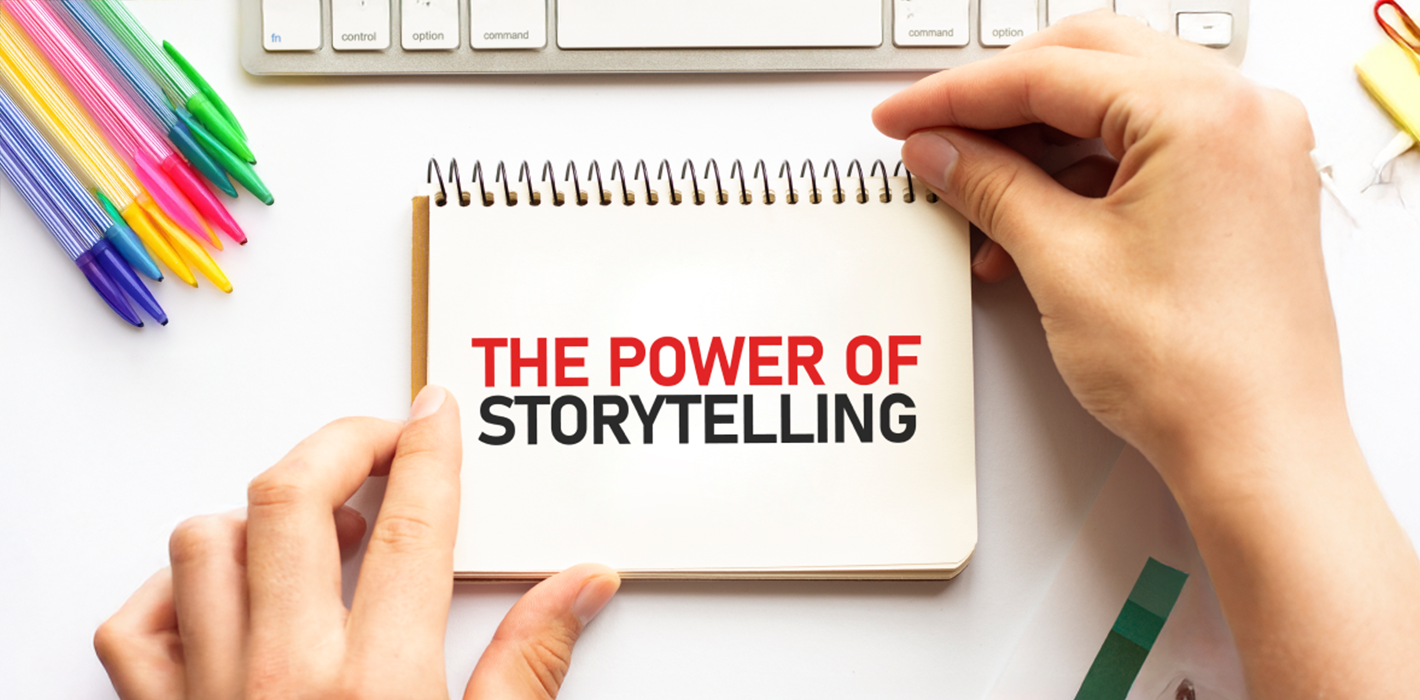
Power of Story Telling
Storytelling has been around since the dawn of civilization and has evolved over time to become a powerful tool for marketing. The use of storytelling in marketing goes back centuries and its power remains undiminished. It is used by companies large and small to capture attention, create emotional connections, and drive leads.
The use of storytelling in marketing has changed in recent years with the introduction of new technology and content strategy. Storytelling is now used more than ever before to make an impact on potential customers and build brand loyalty. By crafting stories that engage people, companies can create an emotional connection with their customers that can lead to increased sales and success.
At its core, the idea behind storytelling in marketing is simple. Companies must create stories that resonate with their target audience and tell them in a way that resonates. This means crafting stories that are relatable and personal, as well as providing value to the audience. To do this, marketers must be creative in their approach and develop strategies for how to effectively tell their stories. This could include using visuals such as videos, animations, or photographs to help tell the story, or using social media to spread the word. Additionally, companies should look for ways to build relationships with their audiences so they can become part of the story.
By using storytelling in your marketing, you can create powerful experiences that will have a lasting impact on your customers. It’s a great way to create connections and drive leads, as well as increasing success for your business.
Examples of Story telling
1. Social Media Stories: Social media platforms like Instagram, Snapchat and Facebook have all implemented their own versions of stories that allow marketers to share more interactive content with their followers. These stories are a great way to build relationships and engage your audience. By creating meaningful, fun and engaging stories, you can strengthen the connection between your brand and your followers.
2. Video Content: Video content is one of the most powerful ways to use storytelling in digital marketing. By producing videos that include compelling stories, you can create an emotional connection with your viewers and drive them to take action. Whether it’s an inspiring commercial or a short how-to video, video content can be a great way to tell stories and engage with your audience.
3. Infographics: Infographics are a great way to quickly explain complex ideas or concepts through visual storytelling. By combining informative text, creative visuals and eye-catching design elements, infographics can be used to tell stories and educate your audience on a variety of topics.
4. Podcasts: Podcasts have become an increasingly popular tool for digital marketers. With podcasts, you can tell engaging stories that captivate your audience and draw them in. By using this medium to share stories about your brand, products or services, you can build relationships and trust with your listeners.
5. Narratives: Narratives provide the perfect platform for storytelling in digital marketing. This type of story-telling involves weaving a narrative throughout your website or other digital channels to create an immersive experience for your audience. Narratives are particularly effective when telling the story of your brand or product, as they help to build an emotional connection between you and your customers. By utilizing these types of storytelling in your digital marketing efforts, you can create an unforgettable experience for your audience and strengthen the connection between them and your brand.
Types of Story telling
Storytelling is a powerful tool in digital marketing, and there are many different types of storytelling available to marketers. Here are some of the most common types of storytelling used in digital marketing:
1. Personal Stories: Personal stories are one of the most powerful forms of storytelling. They involve sharing experiences from your own life, such as experiences with a product or service, or experiences that have impacted your life in a positive way.
2. Brand Stories: Brand stories are stories about your business and how it was created or why it exists. They’re great for helping customers relate to your brand and understand why they should buy from you.
3. Customer Stories: Customer stories involve telling stories about your customers and how they’ve interacted with your brand. These stories can be inspirational, funny, or sad — but they should always be relatable to your target audience.
4. Mythological Stories: Mythological stories are more traditional forms of storytelling and can be used to communicate brand values or the history of your business.
5. Educational Stories: Educational stories involve sharing information about a product or service in an engaging way. These stories can be used to explain how something works or how it can be used.
6. Aspirational Stories: Aspirational stories are about achieving goals and inspiring others. They typically focus on a character striving for something and succeeding, despite any odds or challenges that come their way.
7. Interactive Stories: Interactive stories involve giving readers the opportunity to influence the outcome of the story. This type of storytelling is often used in video games, but it can also be used in marketing campaigns to create an immersive experience for viewers. These are just some of the different types of storytelling available to marketers. Each one has its own benefits, so it’s important to consider which type would work best for your particular campaign or brand.
